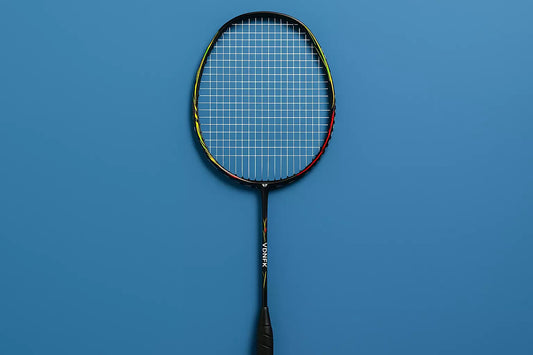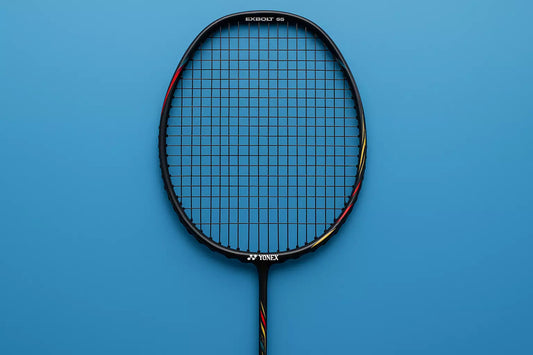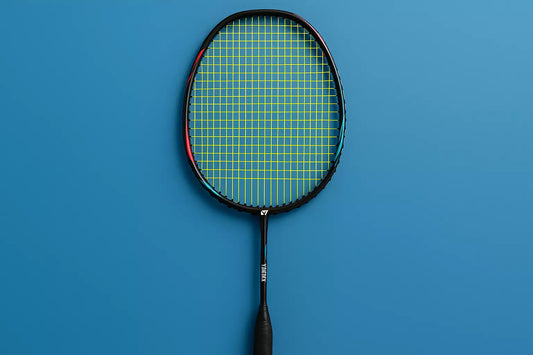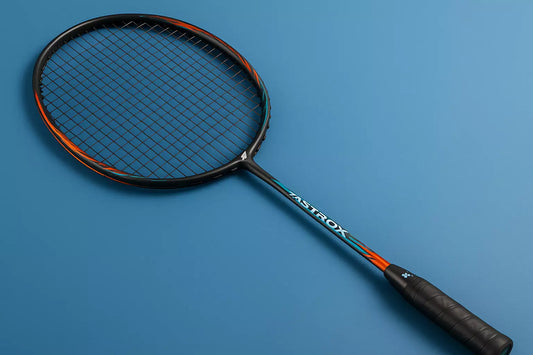A well-maintained badminton racket can significantly impact your game by ensuring consistency, power, and control. Whether you're a casual player or a competitive athlete, taking care of your racket is essential for prolonging its lifespan and maintaining peak performance. Here’s a complete guide on how to properly maintain your badminton racket.
1. Regularly Check and Replace Strings
The tension and condition of your racket strings play a crucial role in performance. Over time, strings lose tension and may fray or snap. Follow these guidelines:
- Check for frayed or loose strings after every few games.
- Restring as needed, depending on your playing frequency (see our guide on how often to restring your racket).
- Use the right string tension based on your playing style – lower tension for power, higher tension for control.
2. Protect and Replace the Grip
A good grip enhances comfort, control, and reduces the risk of injuries. Maintain your grip by:
- Replacing the grip when worn out – typically every few months or when it starts feeling slippery.
- Using an overgrip for extra comfort and longevity.
- Keeping hands dry to prevent excessive wear and tear.
3. Store Your Racket Properly
Extreme temperatures and humidity can damage your racket. Follow these storage tips:
- Use a racket bag with thermal protection to shield against temperature changes.
- Avoid leaving your racket in direct sunlight or a hot car, as this can weaken the frame and strings.
- Store in a cool, dry place to prevent moisture damage.
4. Avoid Excessive String Tension
While higher string tension offers better control, it also makes strings more fragile and prone to breaking. Ensure:
- You choose a tension that balances power and durability.
- You follow the manufacturer’s recommended string tension limits.
- You restring before the tension drops too much, as loose strings reduce performance.
5. Inspect the Frame for Damage
The frame of your racket is its backbone, and any cracks or deformities can negatively impact performance. Regularly:
- Check for cracks, dents, or deformations after matches.
- Avoid hitting the racket against the floor or net post, as this can cause frame damage.
- Use a racket protector or bumper strip to minimise wear and tear.
6. Clean Your Racket Regularly
Keeping your racket clean prevents dirt buildup and prolongs its lifespan.
- Wipe down the frame and strings with a damp cloth after playing.
- Use a dry towel to clean the grip and remove sweat.
- Avoid using harsh chemicals that may damage the racket material.
7. Avoid Clash Damage During Play
Collisions with other rackets, walls, or the floor can cause severe damage. To prevent this:
- Communicate with your doubles partner to avoid unnecessary clashes.
- Use controlled swings and be aware of your surroundings.
- Invest in a durable racket if you frequently play in high-intensity matches.
8. Rotate Between Multiple Rackets
If you play frequently, having a backup racket can extend the lifespan of your primary one. Benefits of rotating rackets include:
- Even wear and tear on strings and grip.
- Consistent performance, especially during tournaments.
- A backup in case of string breakage mid-match.
Conclusion
Maintaining your badminton racket is essential for optimal performance and longevity. By regularly checking your strings, replacing grips, storing the racket properly, and avoiding excessive force, you can ensure your racket stays in top condition. Treat your racket well, and it will reward you with better control, power, and consistency on the court!





